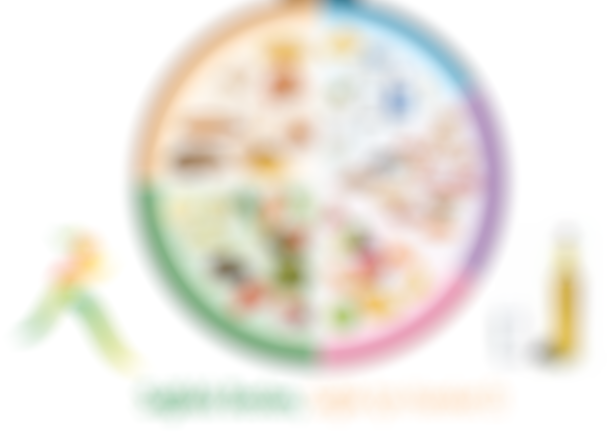Nutritional guidelines should be appropriate to the nutritional habits of the countries, the cultural structure of the country and the region, and environmental differences. Nutrition Guidelines includes a set of recommendations to provide information about adequate and balanced nutrition to the community and to explain all the nutritional conditions. "Turkey Healthy Eating and Active Life Program" is being implemented since 2010 and by the Ministry of Health T. C. "Turkey Nutrition Guide" was created.
From this guide prepared by nutritionists;
-
The importance, protection, support and development of breast milk, complementary nutrition.
-
The average intake of nutrients, some vitamins and minerals by age groups
-
Recommended nutrients and energy quantities for each age group
-
How to maintain healthy body weight
-
Food safety and its principles
-
You can get information about special health conditions (athletes, vegetarians, workers, obesity) and their nutrition.
Healthy Nutrition and Physical Activity Pyramid
The dietary guidelines for Turkey, first introduced in 2004, were updated in 2015, including the “healthy plate, healthy nutrition and physical activity pyramid”. The pyramid is based on the principle of healthy nutrition with food diversity and it provides the portion amounts recommended for daily consumption along with a discussion on the nutrients and foods needed to be increased and reduced in the diet. Physical activity-related part of the pyramid has been developed based on the recommendations by the Physical Activity Guidelines for Turkey (2014).
The other parts consist of the endurance (walking, swimming, dancing etc.) exercises recommended to be performed 3-7 times a week and strength and balance exercises (weight lifting, push-ups, shuttle etc.) recommended to be performed 2-3 times a week. Watching television which causes immobility in the life of the individual, computer use etc. in the pyramid where activities should be reduced.
The nutrition-related part of the pyramid:
the basis floor is constituted of the foods from cereal group (bread, bulghur, rice, macaroni, etc.) This food group can be consumed between 3-7 servings per day. The second floor is constituted of the foods from vegetable group and fruits group. It is recommended to consume 3-4 servings per day from the vegetable group, while it is recommended to consume 2-3 servings from the fruit group.
Also, the foods in the milk, yoghurt, cheese group which should consume on daily basis and meat products (red meat and its products, chicken, fish), eggs, and legumes group are considered in the same group due to their significant protein contents. products on daily basis.
Olive oil, a significant factor in the dietary pattern of the Mediterranean model is also considered in this group since it is included in the daily nutritional pattern. At the top of the pyramid, there are foods containing added sugar and excess fat and prepared processed foods, which are recommended to be consumed infrequently and less.

Healthy Food Plate
The approach of healthy lifestyle has been examined with the “Plate Model According to Food Groups” in order to raise awareness of individuals and the population and to make it easy to understand. The plate includes 5 food groups.
As a dietary pattern model, the plate has been arranged based on food diversity, the basic approach in healthy nutrition. Food groups have been formed based on the energy and nutrients contained in foods. In clockwise direction, the table respectively contains milk and dairy products (yoghurt, diluted yoghurt (ayran), cheese, etc.) group, meat and meat products, poultry, fish, eggs, legumes (lentil, dried beans, chick pea, etc.), and nuts/seeds (walnut, hazel nut, almond, etc.) group, fresh vegetables group, fresh fruits group, bread and cereals (bulghur, rice, pasta, etc.) group.
In order to ensure healthy selection of foods in the food groups, selection must be performed based on the color diversity and structural properties of the foods and health and disease conditions, age, gender, physical activity, and physiological (pregnancy and lactation) condition of individual, in consideration of fiber, fat, salt, and added sugar contents of foods. The objective is to consume one food from each food group in the plate. Consumption of recommended amount of water as shown next to the plate, consumption of mainly olive oil in daily diet, and supporting active life are important for supplementing a healthy lifestyle.
Supported by visuals and tables to be easily understood by everyone, this guide can be can be reached from the link below.

References
https://dosyasb.saglik.gov.tr/Eklenti/10915,tuber-turkiye-beslenme-rehberipdf.pdf
Turkey Physical Activity Guide for those who want to review in 2014


